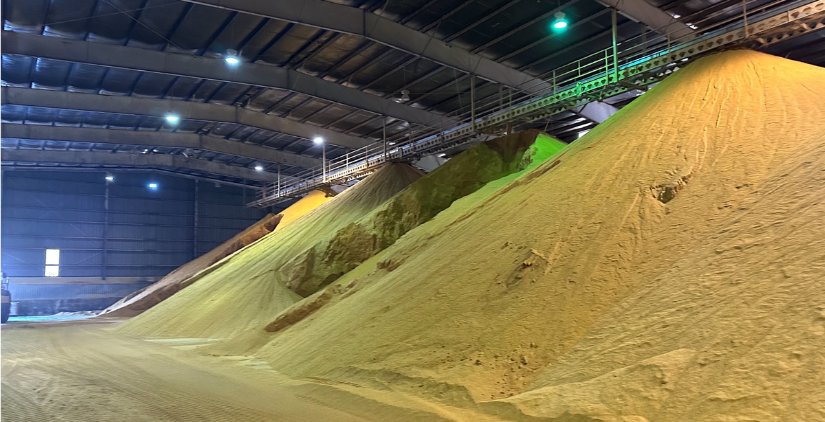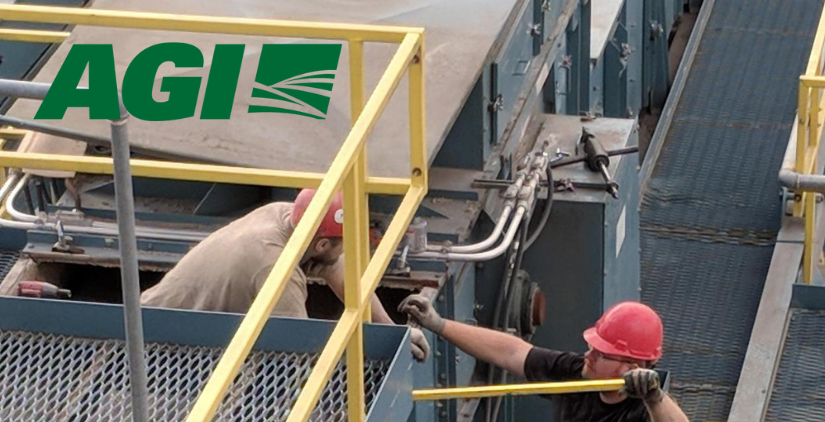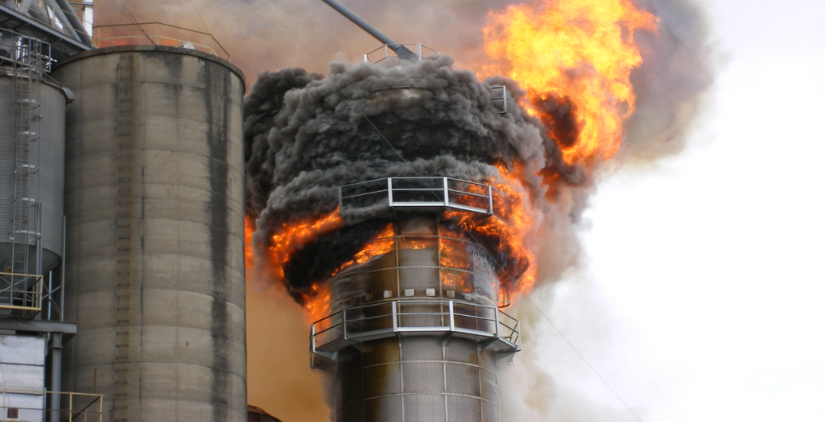GEAPS’ Video Library contains summaries of education sessions from GEAPS Exchange events, webinar recordings, and more. This is a member-exclusive benefit. Whether you were unable to attend any of the live events or are searching for a particular topic, this educational resource provides tremendous value.
If you’re not a member, we’d love to have you join us!
The Forgotten Leg: Why Logistics Is the Key to Unlocking Ag Supply Chain Efficiency
Bryan Buerkle
FarmPro
Beyond the Grain: Maximizing Value of Storage and Handling for Coproducts
Dr. Kurt Rosentrater
Iowa State University
Keep It Moving: Preventative Maintenance for Enclosed Belt Conveyors
Blaine Hubert
AGI Hi Roller
Terry Hasvold
AGI Hi Roller
The Need for a Universal Measurement Tool for the Grain Industry
Damian Goldring
SCIO
Bryce Eger
Eger Solutions, Inc.









